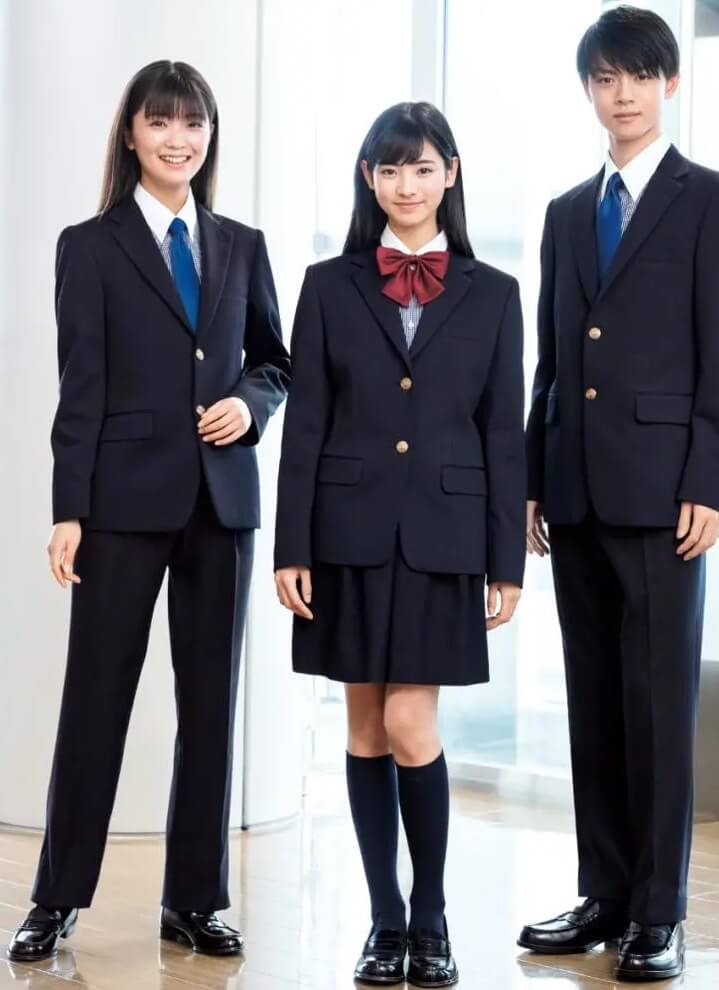

 Why Japanese Student Wear Uniform To School
Why Japanese Student Wear Uniform To SchoolJapanese school uniforms are one of the most iconic features of Japanese schools. Dressed in their uniforms, students are expected to conform and comply with strict rules that dictate how they can wear their hair, what color socks they can wear, and even which type of shoe is appropriate for the day. While it may seem like these uniform requirements strip students' individuality away from them, there are some who see this as a symbol of freedom rather than conformity. These people say that wearing a uniform gives children an opportunity to rebel against society's standards without consequence. Instead of dressing themselves for the day based on what society says is "appropriate," kids get to dress themselves according to their own desires and that's pretty cool!
Japanese schools have a different relationship with uniforms than many other countries. In most places, a school is a place of individual expression and uniqueness; however, Japanese students wear uniforms every day as part of their educational experience in order to show humility to the teachers and classmates. Uniforms come with rules about what type of socks they can wear, for example, or even which type of shoe is appropriate for that day. While it may seem like these requirements strip kids' individuality away from them there are some who see this as a symbol of freedom rather than conformity.
Students wearing school uniforms also means they're not dressing themselves according to society's standards but instead get a chance to dress by their own desires and that's pretty.
Japanese schools are different in the sense that they focus on group mentality and formality. They have a traditional, strict headmaster system which is stricter than other countries' systems because of their cultural background and history (i.e. Japan was conquered by many nations before). The school uniforms are one way to promote this culture through uniformity within the student body as well as between teachers and students- it's also seen as an opportunity for humility to both teacher and peers, meaning no matter what type of social status kids come from they'll be equal at school.
The thing about Japanese Schools is that there's not much difference when things like discipline or curriculum come into play between public schools over private ones; the only emphasis differs.
Japanese school uniforms serve as a way to break down and regulate students' identities. The uniform is one of the ways in which schools are able to enforce discipline. Uniforms are usually not too different from other countries, but there's no need for boys or girls to wear skirts- they're required only when attending dances or events that require them (shorts can be worn instead).
The colors also have significance: dark blue represents stability, light green means growth and health, gray stands for wisdom with the balance between order and freedom, brown signifies earthiness while red brings warmth - this variety is what makes Japanese student uniforms so beautiful!
Strict rules for Japanese Student's Uniforms: Symbols of Freedom Rebellion Fashion.
The uniforms are a mix of traditional and contemporary styles, with schools typically choosing one or the other.
Each color has its own significance: dark blue represents stability, light green means growth and health, gray stands for wisdom with the balance between order and freedom, brown signifies earthiness while red brings warmth - this variety is what makes Japanese student uniforms so beautiful!
Strict rules for Japanese Student's Uniforms: Symbols of Freedom Rebellion Fashion.
As mentioned before about Japan School Uniforms that students wear their school uniform in public when they go out on Saturdays or Sundays as well? This tradition was originally created because people wanted to avoid wearing expensive kimonos outside at all costs.